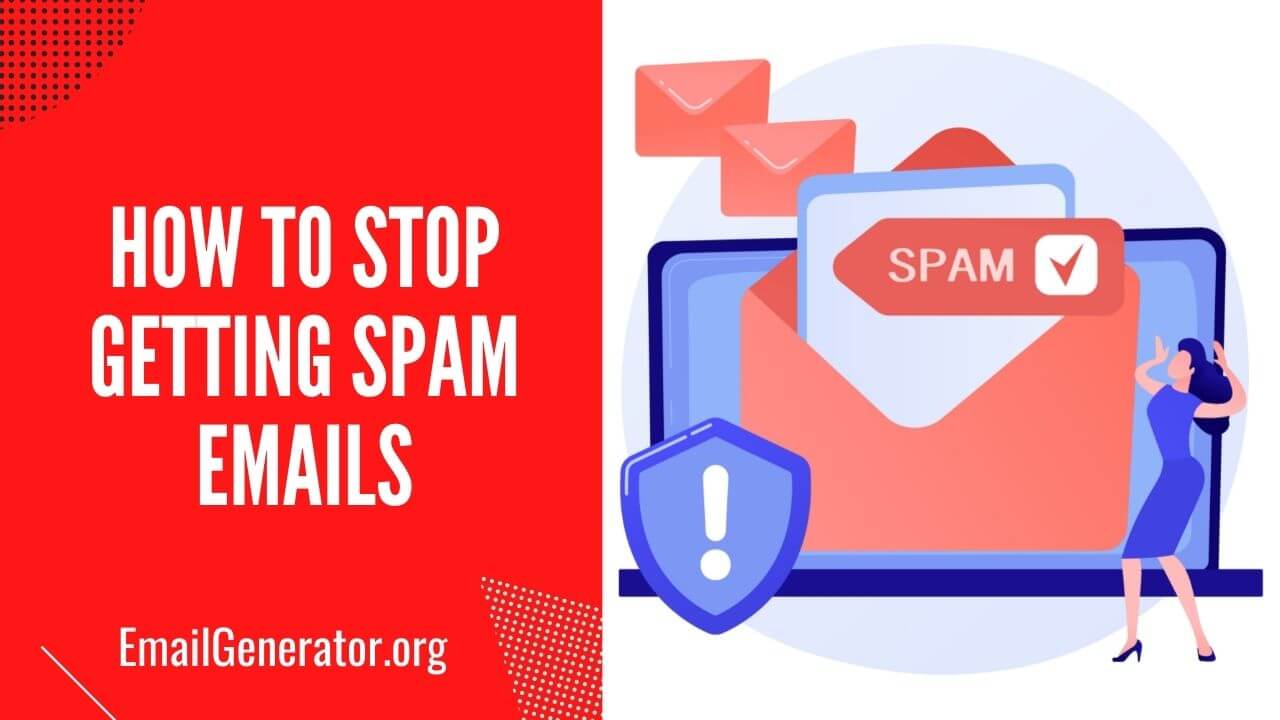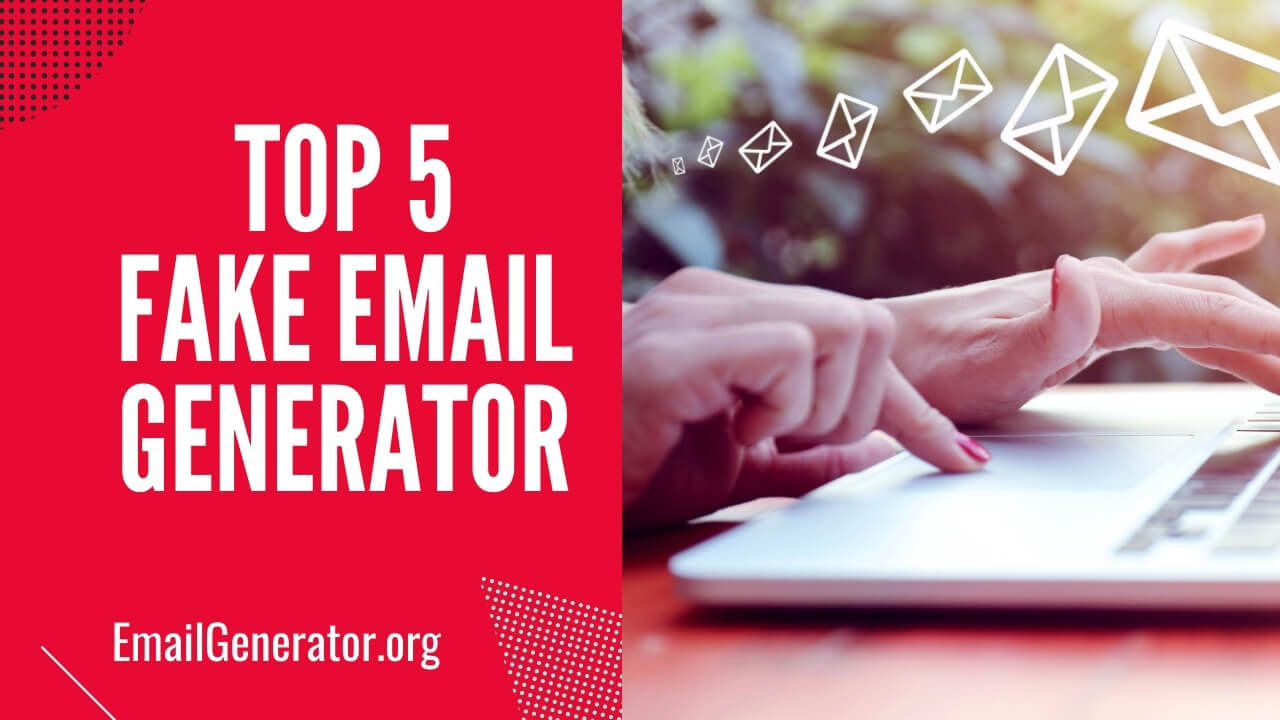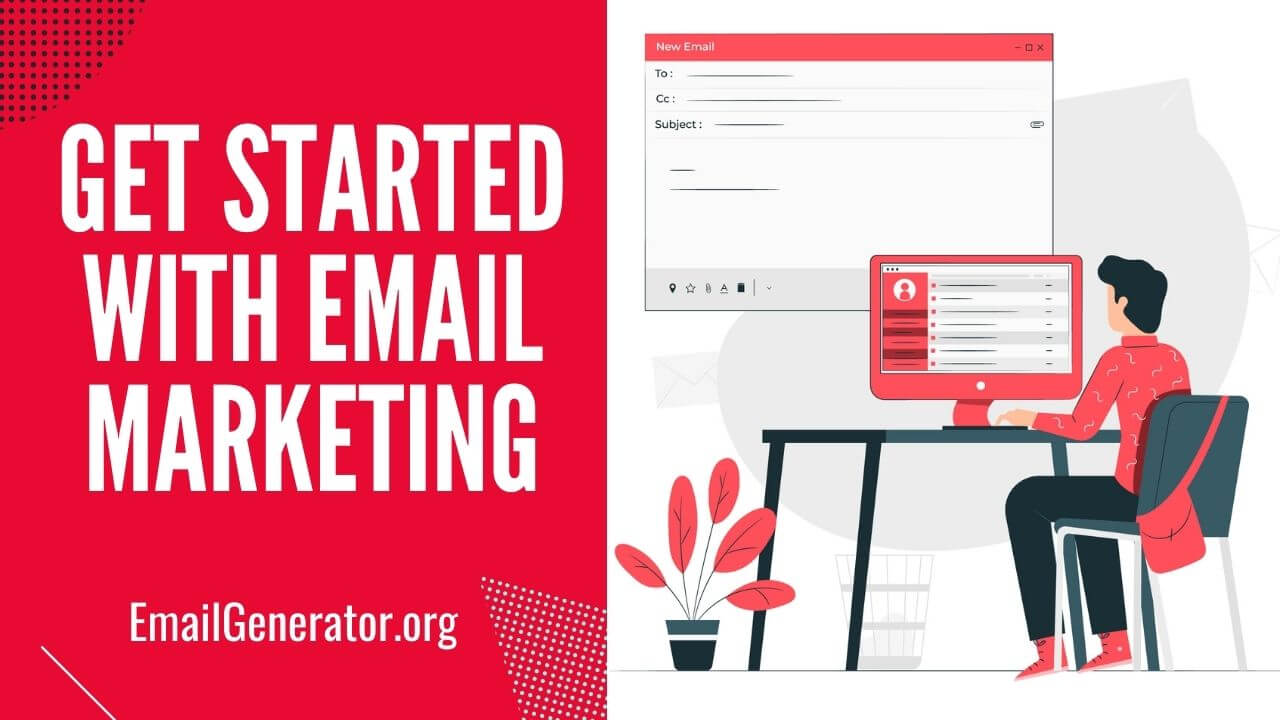Spam emails, often known as junk mail, are unwanted bulk-sent email messages sent to an inbox without the recipient's permission. You most likely get spam and marketing communications in your inbox regularly.
However, one distinction between a spam message and commercial communication is that the latter requires authorization.
In most cases, legitimate marketing emails are sent out by firms after you have opted in to receive them from them. Subscribe to a newsletter, join up for a service, access members-only information, and send messages through email and social media are all possible with them.
It is common for spam communications to be sent through illicit email accounts, including sexual or unlawful information. These emails, sent in mass from an unknown sender, often use scare tactics, including mistakes and inaccurate information.
They seldom include an unsubscribe link, and if they do, the link may be infected with malware. Cybercriminals might then acquire access to your computer, smartphone, and other devices due to your actions.
What Is Spam Email?
Spam email is an unsolicited and undesired junk email sent out in mass to many recipients without regard for their intentions.
Spam is often delivered to solicit businesses. Botnets, or networks of compromised computers, can send large amounts of data in a short period.
Why I'm Getting Spam Emails?
If you observe an avalanche of spam emails in your inbox, it's essential to understand that this email or spam bombardment is not an accident. You are almost certainly the victim of a much more severe assault.
The spam outburst is a front for the attacker's simple goal: either conceal money withdrawals from your bank accounts or compel you to change your email address.
Scammers hide money Withdrawal Traces.
If you have a purchasing account on a website like Amazon or eBay, attackers may obtain access to it and make expensive purchases.
A scammer may also obtain access to your bank account or any other financial service account and cause chaos by performing various activities.
After that, a spam bomb is placed on your address, burying any shipment, purchase, or other financial transaction confirmation emails in a mountain of unrelated spam emails.
You are forced to give out your email address by an attacker.
Spam bombing may also be a symptom of criminals trying to take over your account since a legitimate email address with a real name is quite valuable on the spam market.
They may annoy you with a constant barrage of spam emails to the point when you leave your email account. Fraudsters may then exploit your email address for various things, including adding it to spam, virus, and phishing lists.
What Is The Purpose Of Spam Emails
Spam emails are unsolicited or unlawful communications delivered to a large number of people.
Their primary purpose is to persuade the user to click on a malicious link or download an attachment that would damage the user's computer.
Spam is sometimes confused with junk emails, although the two are not interchangeable phrases since junk mail is not unlawful and allows you to unsubscribe.
How To Permanently Stop Spam Emails
While you may not be able to stop these unwelcome communications, putting in place a few steps can limit the quantity of spam you get. And also, clean up your inbox, allowing messages you want to read to be prioritized above those you don't.
Your email address should never be given out or posted in a public place.
It's important to realize that anybody may use the Internet. That implies spammers are also creeping on the Internet, looking for accessible email addresses to send spam to.
If you make your email address public, people may send you spam or, worse, hack your account if you use a weak password.
Before you click, consider what you're doing.
Due to the content of genuine emails, your email service provider's automatic email filter may wrongly designate them as spam emails (e.g., the email contains a hyperlink).
On the other hand, spammers are the ones who send emails tagged as "SPAM" or forward to your spam folder. Spam communications often include:
# Offers of low-cost prescription prescriptions.
# Ads for new treatments.
# Updates on the status of parcels from shipping firms.
Be cautious about reading spam emails' contents carefully before opening attachments (even if they seem to be harmless text or picture files) or clicking on hyperlinks. In such emails, avoid downloading any material that your email service provider has restricted.
Spam emails should not be responded to.
Spam communications are almost often harmful emails received from unknown sources. These sources might be hackers attempting to get access to their victims' machines.
Never react to spam messages since this informs the spammer that the email address is active, increasing the likelihood that your email will be spammed regularly.
Download anti-virus and spam filtering software
Spam filtering software and anti-virus software may assist you in scanning emails for infection. If you get emails that contain malware, the dangerous material will be quarantined, and you will be unable to access it.
This reduces the chances of your machine being infected by malware-infected emails. As a result, look for spam filtering solutions and anti-virus software that include these functions to alleviate the pain of decoding email contents.
Do not use your work or personal email address
Do not use your personal or corporate email address when entering any online contest or service, such as applications, offer updates, etc. Many spammers keep an eye on emailing lists for new email addresses to harvest.
Set up email filters to detect spam
Whatever email client you use, there is usually the opportunity to establish email filters. The software you use will automatically send messages with a particular subject line or from a specific sender straight to your trash folder.
It is better to learn how to intelligently train its spam detection and removal filters to identify and remove spam. In the same way, if your client makes the mistake of classifying a particular message as spam, you should fix it.
You may now block the senders of spam emails that you receive.
With varying degrees of success, this step may be executed. Because spammers often utilize false email addresses that change with each mailing, spam emails may continue to arrive even after the sender has been blocked.
If you discover that you're getting messages from the same address again, you may block it in your email program, which will prevent it from reaching your inbox.
Best Ways To Stop Getting Spam Emails By Using Temp Mail Website
Use a throwaway account from a service like an email generator to keep your real account safe if you need to supply an email address to use a site but don't want it to know your actual email address.
If you need to create a random fake email address as part of this process, emailgenerator.org is the place to go.
Do you wish to be anonymous on the Internet? Don't be anxious about your data's security. This fake email generator allows you to stay anonymous while also protecting you from scammers.
So, if you're going to create temporary email addresses for your company, it's essential to learn the best fake email generator for free temporary email.
Remailgenerator.com, on the other hand, is the most excellent random email generator for creating temp mail email addresses.
Not just to get rid of scammers using temp mail is very important to continue your effective email marketing strategies to generate more sales.
Conclusion
As mentioned earlier, there are some methods to avoid becoming a victim of spam mail. However, the essential thing to remember is to be careful while opening emails.
Always double-check that the emails you read are from reputable sources and do not seem to be phishing attempts.



